Complete Beginner’s Guide
Why Everyone’s Talking About Real-World Assets (RWAs)
Imagine owning a tiny piece of a building in New York, a bar of gold stored in London, or even a famous painting — all through your phone, with just a few taps. That’s the promise of Real World Assets (RWAs), one of the most exciting new trends in the world of crypto and finance.
For decades, investing in valuable assets like real estate, fine art, or commodities has been limited to the wealthy or well-connected. If you wanted to buy a property, you needed hundreds of thousands of dollars. If you wanted exposure to gold, you had to deal with storage, insurance, or complicated funds. Traditional investing has always had barriers — high entry costs, middlemen, and piles of paperwork that make it slow and inaccessible for most people.
RWAs aim to change that by using blockchain technology to “tokenize” real assets — in other words, turn them into digital tokens that represent ownership or a share of something real. It’s like slicing a house, a gold bar, or a loan into digital pieces so that anyone, anywhere, can own a small fraction of it.
This idea is catching on fast. Major financial institutions, governments, and crypto projects are exploring how RWAs can bridge the gap between traditional finance (TradFi) and the digital economy.
In this guide, we’ll break down exactly what real world assets are, how tokenization works, and why they matter — all in plain English. Whether you’re new to crypto or just curious about the buzz, by the end, you’ll understand why RWAs might be the future of investing.
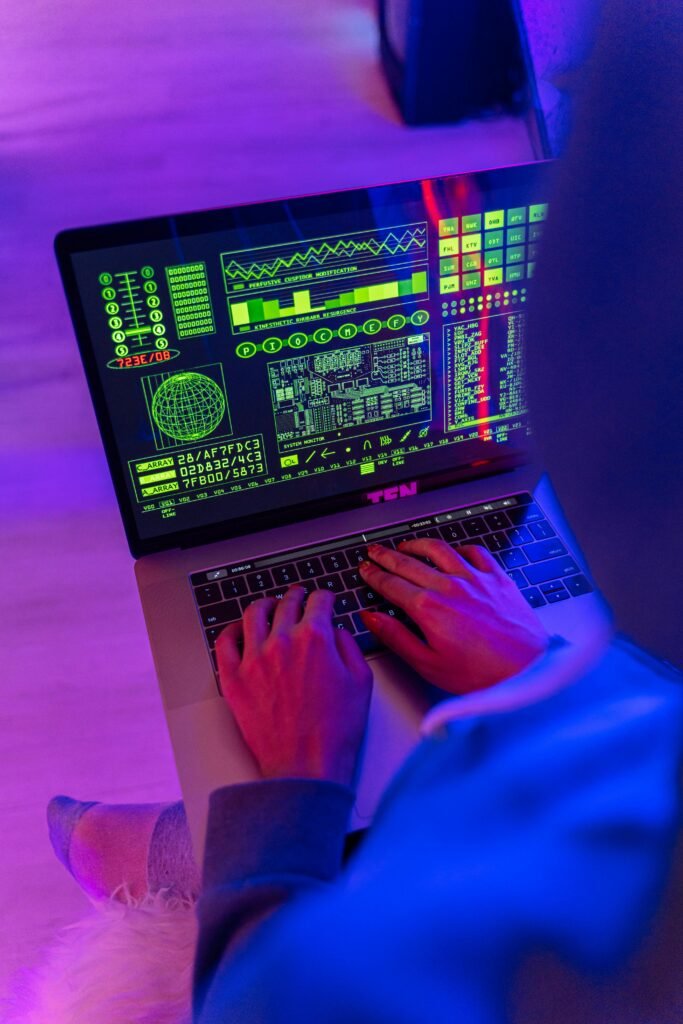
What Are Real-World Assets (RWAs)?
Real-World Assets (RWAs) are physical or tangible assets — such as real estate, gold, commodities, art, or even government bonds — that have been brought onto the blockchain. In other words, they represent items that exist in the real world, not just within the digital or crypto space. The idea is to bridge traditional finance and blockchain technology, making it easier for anyone to invest in and trade assets that were once difficult to access or transfer.
When an RWA is “tokenized,” it means that ownership of that asset is represented by a digital token on a blockchain. Each token stands for a fraction (or the whole) of the underlying real world item. For example, a $1 million property could be divided into 1,000 tokens — and owning one token means you own one-thousandth of that property. These tokens can then be easily traded, transferred, or used in decentralized finance (DeFi) applications.
Think of tokenization like a digital deed or stock certificate. Instead of piles of paperwork or complicated ownership transfers, blockchain tokens act as secure, verifiable proof of who owns what. This innovation allows real-world assets to move at the speed of the internet — combining the stability of traditional assets with the accessibility and efficiency of crypto.
How Does RWA Tokenization Actually Work?
Tokenization is the process of converting ownership of a real-world asset into digital tokens that exist on a blockchain. Each token represents a share or portion of the underlying asset, allowing people to buy, sell, or trade small pieces of something that would normally be difficult to divide. This makes investing in traditionally illiquid markets — like real estate or fine art — much more accessible.
Think of it like splitting a pizza into slices. The pizza represents the real asset — say, an office building or a gold bar — and each slice represents a token. Instead of one person needing to buy the whole “pizza,” many people can each own a slice. These tokens act like digital shares of the real object, stored securely on the blockchain so ownership is transparent and easy to verify.
Here’s a simple breakdown of how tokenization works in practice:
- Step 1: Verification or Custody. The physical asset is verified and often held by a trusted institution (like a regulated custodian or asset manager). This ensures that the real-world item actually exists and can back up the tokens created.
- Step 2: Blockchain Record. The ownership information — who owns what — is recorded on a blockchain, creating a permanent, tamper-proof record.
- Step 3: Token Creation. Digital tokens are then issued to represent ownership shares of that asset. These tokens can be traded on specialized platforms or even used as collateral in decentralized finance (DeFi).
It’s important to note that not all tokenized assets mean you own the physical item itself. Sometimes, owning a token gives you a claim, right, or share of profits rather than direct possession of the asset. In any case, tokenization bridges the physical and digital worlds — transforming traditional investments into liquid, tradable, blockchain-based opportunities.
Traditional vs. Tokenized Assets: What’s Changed?
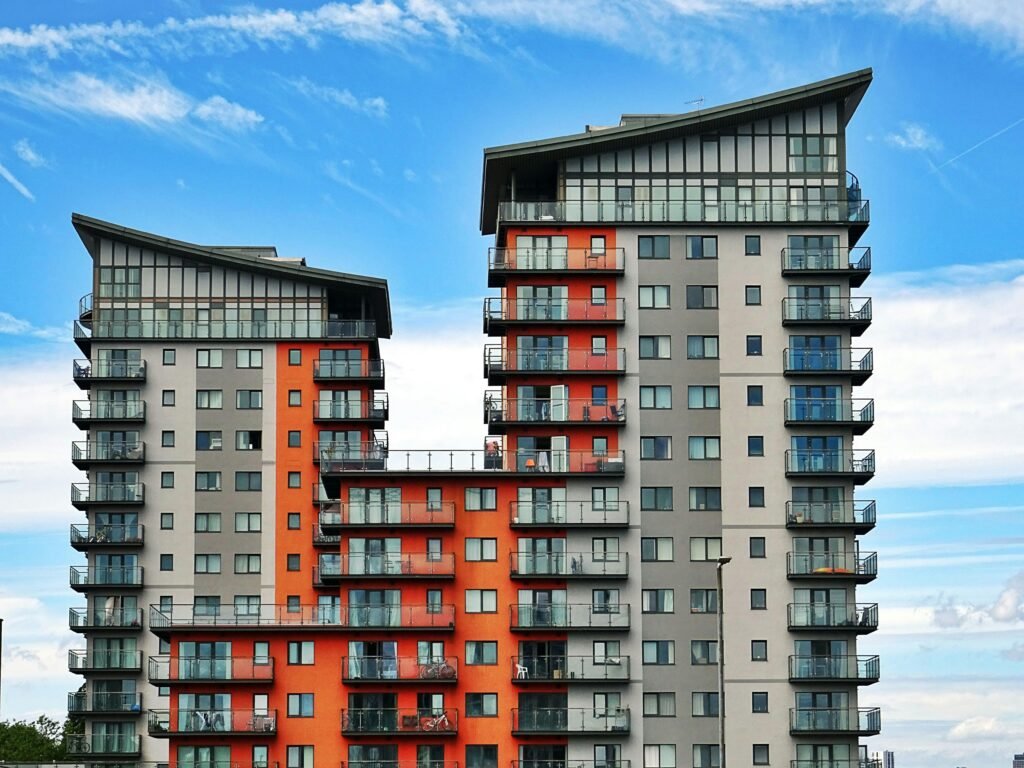
For decades, investing in real-world assets like real estate, fine art, or private equity was a privilege reserved for the wealthy. Traditional investing involved high minimums, piles of paperwork, and slow settlements — often requiring lawyers, brokers, and banks to verify every step. Tokenization is rewriting those rules by bringing speed, transparency, and global access to markets that were once out of reach.
Here’s a simple comparison to show how much things have changed:
| Feature | Traditional Assets | Tokenized Assets (RWAs) |
|---|---|---|
| Minimum Investment | Thousands to millions of dollars | As low as $50–$100 |
| Liquidity | Hard to sell; can take days or weeks | 24/7 trading potential on blockchain markets |
| Accessibility | Often limited to accredited or local investors | Global access for anyone with an internet connection |
| Speed | Ownership transfers take weeks due to paperwork | Minutes to hours with smart contracts |
| Transparency | Opaque and hard to verify | Publicly visible blockchain ownership records |
| Costs | High fees for brokers, banks, and legal work | Lower fees, fewer intermediaries |
In short, tokenization makes investing more like using the internet — fast, open, and borderless. While traditional systems rely on layers of middlemen and closed databases, tokenized assets live on blockchains that anyone can view and verify.
This shift isn’t just a technical improvement — it’s a democratization of finance. Everyday investors can now access markets once dominated by institutions, diversify their portfolios with smaller amounts, and trade assets more freely. Tokenized RWAs are breaking down old barriers, opening doors for anyone who wants a piece of the world’s real value.
Types of Real-World Assets You Can Tokenize
Real-World Asset (RWA) tokenization isn’t limited to just one kind of investment — it spans everything from real estate to art and even carbon credits. Here are the most popular and emerging categories investors are exploring today:
1. Tokenized Real Estate (Most Popular)
Real estate is one of the most common and exciting use cases for tokenization. Both residential and commercial properties can be represented as digital tokens on a blockchain. Investors can purchase fractional ownership — for example, $100 worth of a Brooklyn apartment building — and earn a share of the rental income or property appreciation over time.
Why investors love it: It combines the stability of real estate with the liquidity and accessibility of crypto. Instead of managing tenants or saving up for a down payment, investors can earn passive income from properties all over the world.
2. Tokenized Treasury Bonds & Fixed Income (Safest)
These represent government-issued bonds or short-term Treasury bills, tokenized for easier access. Yields typically range between 4–5%, offering a stable and predictable return. Leading examples include Ondo Finance’s OUSG (backed by U.S. Treasuries) and BlackRock’s BUIDL fund, both of which have gained traction as “crypto-safe” yield options.
Why investors love it: Tokenized bonds are viewed as low-risk, high-trust assets — often outperforming traditional savings accounts while maintaining security and regulatory backing.
3. Tokenized Commodities (Gold, Silver, Oil)
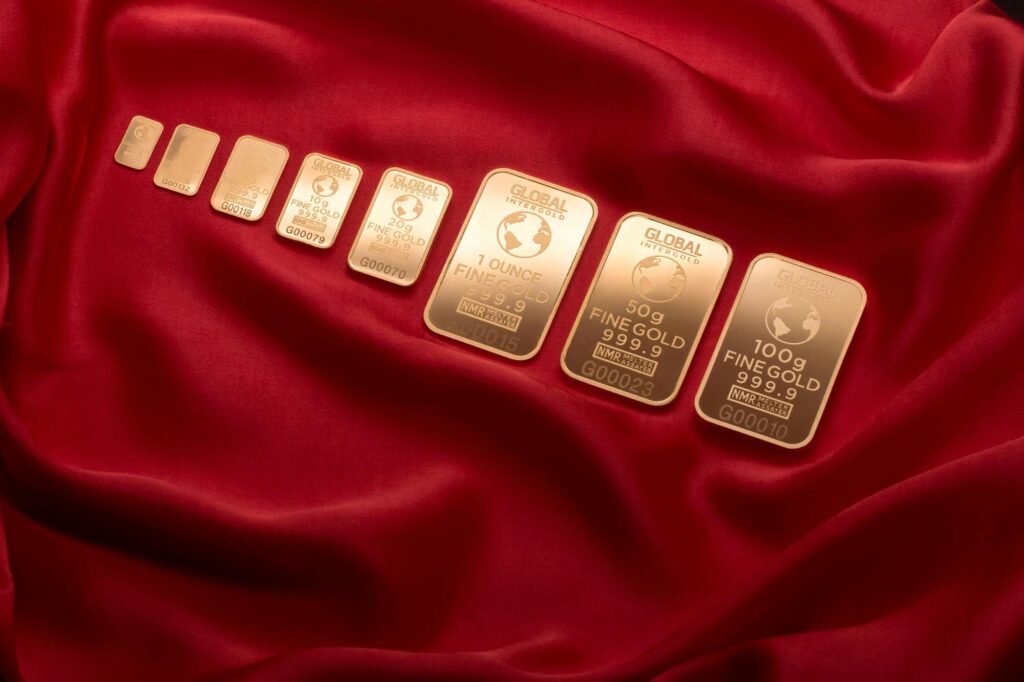
Projects like Paxos Gold (PAXG) and Tether Gold (XAUT) let investors buy digital tokens backed by physical gold stored in secure vaults. Each token equals a precise amount of the commodity, like one fine troy ounce of gold.
Why investors love it: Tokenized commodities make it simple to own and trade precious metals without dealing with storage, transport, or insurance. They’re also popular as a hedge against inflation.
4. Tokenized Private Credit & Loans
Platforms like Centrifuge, Maple Finance, and Goldfinch allow investors to fund business loans, invoices, or credit pools, earning interest directly from borrowers. This connects real-world lending markets to decentralized finance (DeFi).
Why investors love it: These assets often offer higher yields than traditional savings or bond products, making them attractive for investors seeking steady returns.
5. Emerging Categories
The tokenization trend is expanding into fine art, collectibles, carbon credits, music royalties, patents, and even infrastructure projects.
Why investors love it: These newer categories offer portfolio diversification and early access to unique, previously illiquid markets — from owning a share of a Picasso to supporting clean energy development.
Together, these categories show how tokenization is transforming real-world assets into a borderless, digital investment universe, accessible to anyone with a wallet and an internet connection.
Benefits of Tokenized Real-World Assets
Tokenized Real-World Assets (RWAs) are transforming how people invest by making traditional markets faster, more open, and far more inclusive. Here are the key benefits driving this revolution:
Fractional Ownership = Lower Barriers
With tokenization, investors no longer need hundreds of thousands of dollars to get started. Instead of buying an entire property or gold bar, you can invest as little as $50, $100, or $1,000 and own a fractional share of the asset. This allows people to diversify across multiple assets — for example, a bit of real estate, some gold, and a slice of a private credit fund — all with limited capital. Tokenization turns once-exclusive investments into opportunities for everyday investors.
Increased Liquidity
Traditional real-world assets can be hard to sell and may take weeks or months to liquidate. Tokenized versions, however, can be traded 24/7 on blockchain-based secondary markets, allowing investors to enter or exit positions far more easily. While liquidity still depends on the platform and asset type, the potential for round-the-clock trading marks a major leap forward in market flexibility.
Global Accessibility
Tokenized assets break down geographic and financial barriers. Anyone with an internet connection can participate — whether that means investing in U.S. Treasuries from Asia or European real estate from Africa. This borderless structure makes global investing possible for individuals who were previously excluded from international markets.
Transparency & Security
Because ownership is recorded on a public blockchain, anyone can verify who owns what, how many tokens exist, and whether they’re fully backed by the underlying asset. Smart contracts automate critical functions like distributing rental income, dividends, or interest payments — reducing the need for intermediaries and minimizing fraud risk.
Faster Settlements
Closing a traditional real estate deal can take 30–60 days. With tokenized assets, ownership transfers can occur in minutes to hours, thanks to blockchain and smart contracts that handle verification and payments automatically.
Lower Costs
By cutting out lawyers, brokers, and banks, tokenization reduces transaction costs and administrative overhead. Automated processes mean fewer hands involved — and those savings are often passed directly to investors through lower fees and higher returns.
In short, tokenized RWAs make investing more affordable, transparent, and efficient — opening the door for anyone to participate in the global economy.
Risks and Challenges of RWA Investing
While tokenized Real-World Assets (RWAs) offer exciting opportunities, it’s important to be realistic: this space is still developing, and it carries meaningful risks. Understanding these challenges helps investors make smarter, more informed decisions.
Smart Contract Vulnerabilities
RWAs run on blockchain smart contracts — lines of code that automatically manage ownership, transfers, and payments. But even well-designed code can have bugs or security flaws, which may lead to loss of funds if exploited. Each platform has different security standards, and not all undergo rigorous third-party audits. Always review a project’s technical audit history and reputation before investing.
Regulatory Uncertainty
Laws surrounding tokenized assets are still catching up to the technology. Rules differ by country, and regulatory clarity can shift overnight. Some platforms may face legal challenges or restrictions that affect investor access or returns. This uncertainty adds an extra layer of risk, especially for cross-border investments.
Platform and Custodian Risk
A major question in RWA investing is: who actually holds the physical asset? If a platform or custodian goes bankrupt, investors could face delays or even lose access to the underlying asset. Some platforms provide insurance or third-party custody, but not all do. Conduct thorough due diligence — read the fine print, research who’s storing the assets, and check for regulatory oversight.
Liquidity Can Still Be Limited
Tokenized assets can be traded 24/7 — but that doesn’t mean there’s always a buyer. Many RWA markets remain thinly traded, meaning investors might struggle to sell tokens quickly or at a fair price. Unlike major cryptocurrencies like Bitcoin or Ethereum, RWAs don’t yet have deep, global liquidity pools.
Asset Verification Challenges
Blockchain ensures transparency for digital tokens, but it can’t prove whether a real-world asset actually exists or is properly maintained. Investors still need to trust custodians and auditors to verify that the assets are real, insured, and accounted for. Not all projects are equally transparent about this process.
Market Is Still Early
Tokenized RWAs are part of a nascent, experimental market. Many platforms are new or unproven, and there are few industry-wide standards. As with any emerging technology, this means higher potential upside — but also higher risk.
Tax Complexity
Tax treatment for RWA tokens can vary widely. Depending on your jurisdiction, returns might be classified as property gains, interest, or securities income. Keeping detailed records and consulting a tax professional is essential for compliance.
Key Takeaway: Recognizing these risks doesn’t mean avoiding RWAs — it means approaching them with caution, research, and a long-term mindset. Smart investors stay informed, diversify, and only invest what they can afford to lose.
Who Should Consider RWA Investing?
Tokenized Real-World Assets (RWAs) aren’t just for crypto insiders or financial elites — they’re for anyone who wants to bridge the gap between traditional investing and modern blockchain technology. Still, they’re not the right fit for everyone.
Good Fit For:
- New investors who want exposure to real assets like real estate or bonds without needing huge capital. You can start small and still participate in markets once reserved for institutions.
- Crypto enthusiasts looking for more stability and real-world backing to balance out volatile digital tokens.
- Diversification seekers aiming to spread risk across both crypto and traditional assets.
- Global investors who want access to U.S. or international markets that were previously restricted by geography or regulations.
- Passive income seekers who like the idea of earning rental income, interest, or yields automatically through tokenized assets.
- Tech-savvy learners comfortable with blockchain basics and eager to explore how finance is evolving.
Not Ideal For:
- Get-rich-quick seekers, since RWAs are about steady, long-term value, not overnight profits.
- Extremely risk-averse individuals, as regulatory uncertainty and technology risks still exist.
- Anyone who can’t afford potential losses — like all investments, there are no guarantees.
- People avoiding complexity, because understanding RWAs requires learning about both blockchain technology and traditional asset structures.
The Reality
RWA investing is best suited for those who appreciate both the reliability of traditional finance and the innovation of blockchain. You don’t need to be an expert in either world, but you do need a willingness to learn. For curious, forward-thinking investors, RWAs represent an exciting way to participate in the next generation of global investing.
How to Get Started with Tokenized Real-World Assets
Getting started with tokenized Real-World Assets (RWAs) doesn’t have to be complicated — but it does require preparation, research, and patience. Here’s a step-by-step roadmap to begin safely and confidently.
Step 1: Educate Yourself
You’re already doing this by reading guides like this one. Learn the basics of how tokenization works, explore different asset categories (real estate, bonds, commodities, etc.), and stay up to date with industry news. A solid foundation helps you recognize real opportunities and avoid hype or scams.
Step 2: Research Platforms Carefully
Choose regulated, reputable platforms that are transparent about their operations. Look into how long they’ve been around, who’s behind them, and whether they’ve undergone security audits. Read user reviews and check community discussions before committing funds. Start with well-established names (we’ll cover the top ones in the upcoming “Best RWA Platforms 2025” guide).
Step 3: Understand the Specific Risks
Before investing, read all documentation carefully. Make sure you understand what your tokens actually represent — are they direct ownership, a claim, or a yield-bearing note? Review liquidity terms, insurance coverage, and what happens if the platform or custodian runs into trouble.
Step 4: Start Small
Begin with an amount you can afford to lose completely — think of it as your learning investment. Starting with $100–$500 allows you to get hands-on experience without taking major risks.
Step 5: Diversify Across Asset Types
Avoid putting all your money into one category. Mix real estate, bonds, and commodities, and spread your funds across different platforms. Maintain a balance between tokenized and traditional investments.
Step 6: Monitor and Keep Learning
Track your holdings regularly, stay informed about regulatory updates, and join online communities on Discord, Telegram, or Reddit to exchange insights.
Remember: The RWA space is evolving quickly. What’s true today might change tomorrow, so continuous learning and adaptability are your best investment strategies.
The Future of Real-World Asset Tokenization
The tokenization of real-world assets isn’t just a trend — it’s shaping up to be one of the biggest transformations in finance. Analysts predict that tokenized assets could reach between $10 trillion and $16 trillion by 2030, as traditional finance slowly migrates onto the blockchain. From real estate and bonds to stocks and commodities, virtually every major asset class could eventually be tokenized, making investing more accessible and efficient for everyone.
Institutional Adoption Is Accelerating
What once seemed experimental is now going mainstream. BlackRock, the world’s largest asset manager, launched its BUIDL tokenized fund, signaling serious institutional interest. Goldman Sachs is actively exploring tokenization, and major banks around the globe are building blockchain infrastructure to support these new financial products. When big institutions lead the way, retail investors benefit — platforms become more secure, regulations get clearer, and access improves for everyday people.
Regulatory Clarity Is Coming
Governments are finally catching up. In Europe, the Markets in Crypto-Assets (MiCA) regulation is setting standards for digital assets, and other countries are developing their own frameworks. Clearer rules mean more mainstream adoption, as licensed and compliant platforms will dominate the market while bad actors get filtered out. This shift toward regulation may feel restrictive, but it actually protects investors and builds trust in the space.
Technology Is Getting Better
The user experience around RWAs is improving fast. Blockchains are becoming more interoperable, meaning tokens can move seamlessly across different networks. Security standards are tightening, and platforms are designing interfaces that require far less technical knowledge. Soon, interacting with tokenized assets will feel as simple as using a traditional brokerage app — but with all the benefits of blockchain technology.
What’s Coming in the Next 5 Years
Expect to see tokenized stocks and equities, retirement accounts that hold RWAs, and traditional brokers like Fidelity or Charles Schwab offering tokenized assets alongside regular investments. The line between “traditional” and “tokenized” will blur as conversion becomes seamless. And yes, eventually even your grandma will know what RWAs are — just like she learned what “online banking” means.
Why Now Is the Learning Phase
Right now, RWA investing is still in its early stages, which means there’s a real advantage to learning about it now. Early adopters gain knowledge and experience before the crowd arrives. Platforms are competing for users, often offering better deals and lower fees to attract early investors. By the time RWAs hit the mainstream, you’ll already understand how they work — positioning you ahead of the curve.
The bottom line? RWAs represent the convergence of traditional finance and blockchain technology. Whether mass adoption happens in 3 years or 10, understanding tokenized assets now gives you a front-row seat to the future of investing.
Final Thoughts
Real-world assets represent a fundamental shift in how we can invest in traditional assets like real estate, bonds, and commodities. By bringing these assets onto the blockchain through tokenization, the barriers that once kept everyday investors out — high minimums, geographic restrictions, illiquid markets — are starting to crumble.
While the technology is still emerging and risks certainly exist, the potential is undeniable. Increased accessibility, improved liquidity, greater transparency, and reduced costs could democratize investing in ways we’ve never seen before. For the first time, someone with just a few hundred dollars can own a piece of premium real estate, earn yields on U.S. Treasury bonds, or hold fractional shares of physical gold — all without the traditional gatekeepers.
Whether you’re a crypto enthusiast looking for real-world exposure, a traditional investor curious about blockchain technology, or simply someone wanting to learn about the future of finance, RWAs offer a bridge between these two worlds. They combine the stability and familiarity of traditional assets with the innovation and efficiency of blockchain.
The most important step is education. Understanding what you’re investing in, the risks involved, and how the technology works will help you make informed decisions as this market continues to evolve. Don’t rush in — take your time to learn, research platforms carefully, and start small.
Ready to dive deeper? Explore more guides on RWApedia:
- Tokenized Real Estate: Complete Guide (coming soon)
- Best RWA Platforms Compared 2025 (coming soon)
- How to Evaluate an RWA Platform (Safety Checklist) (coming soon)
Stay curious, invest wisely, and welcome to the future of real-world assets.
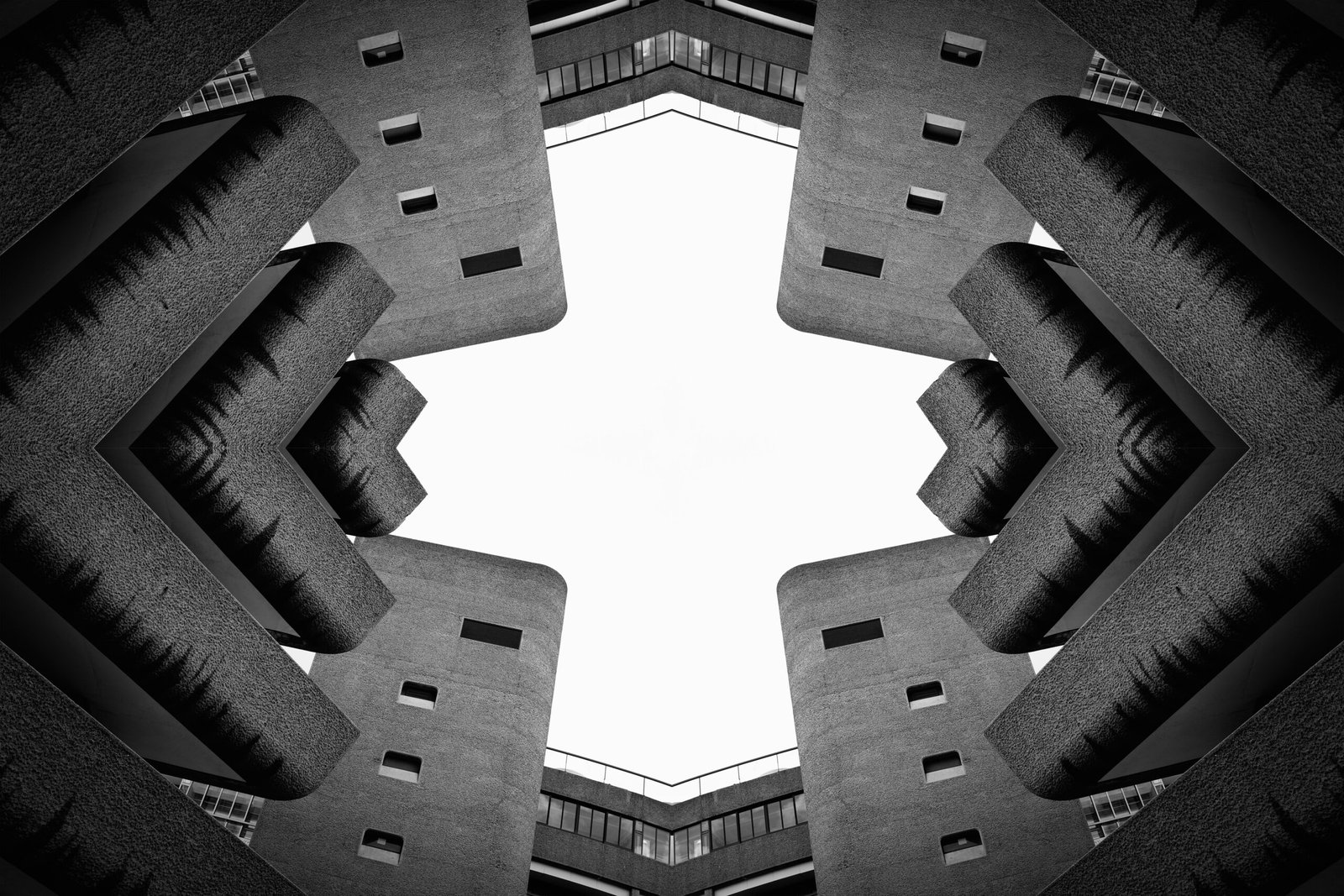
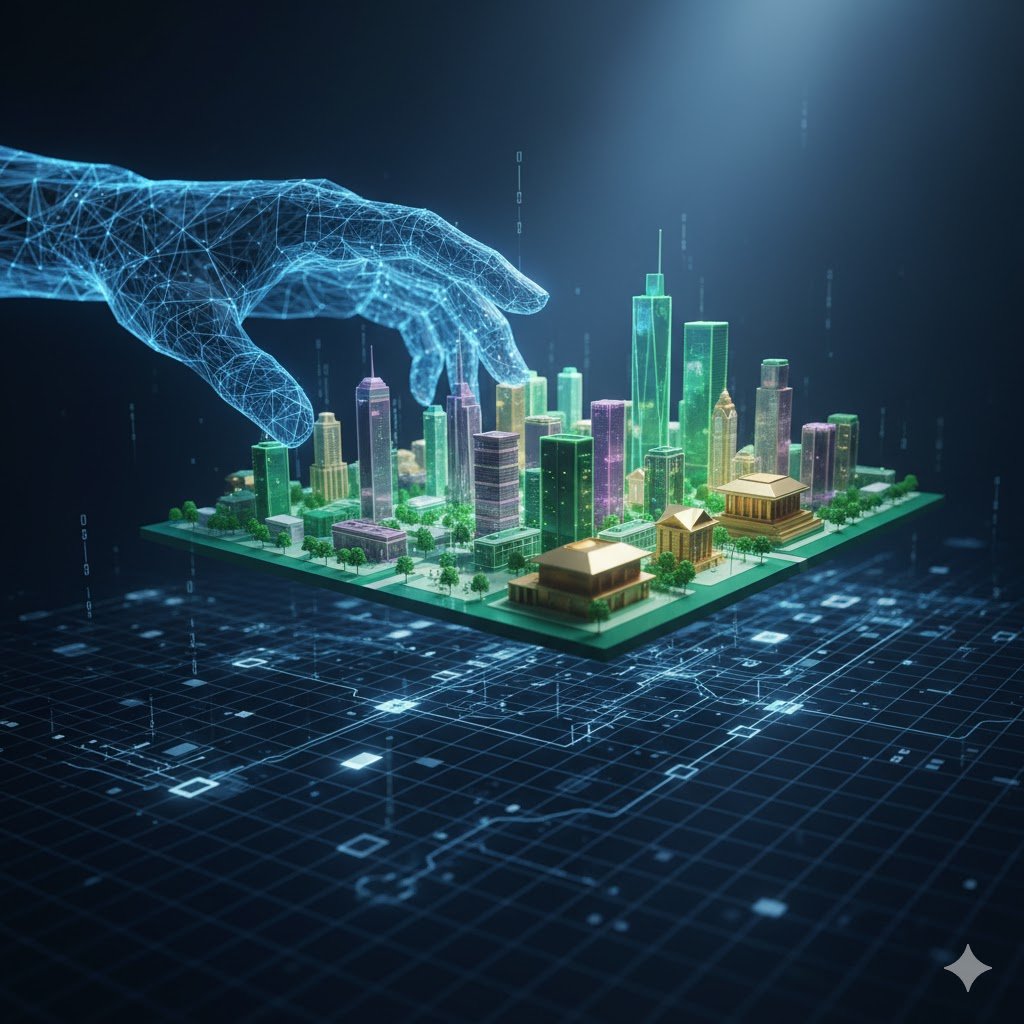
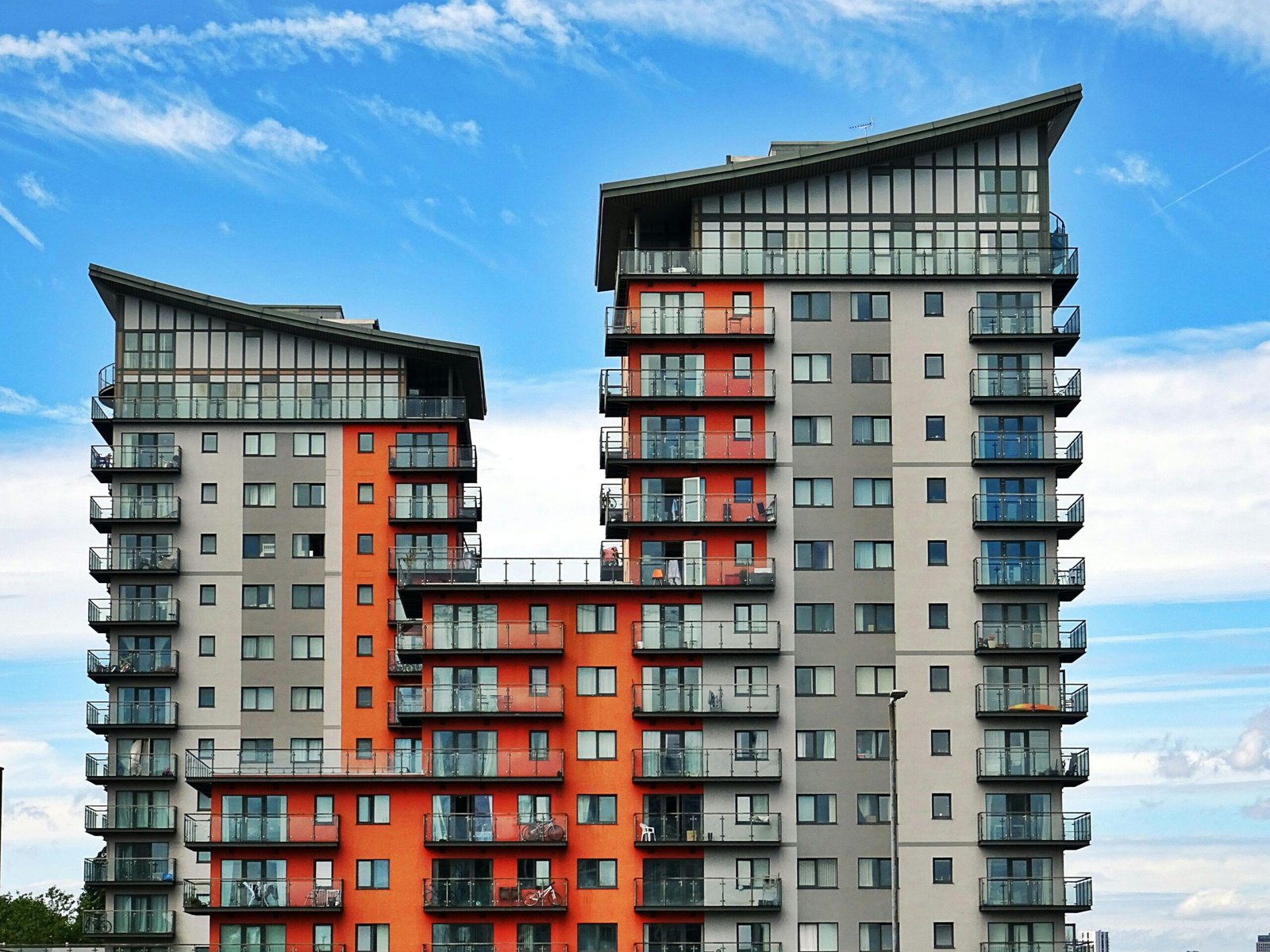
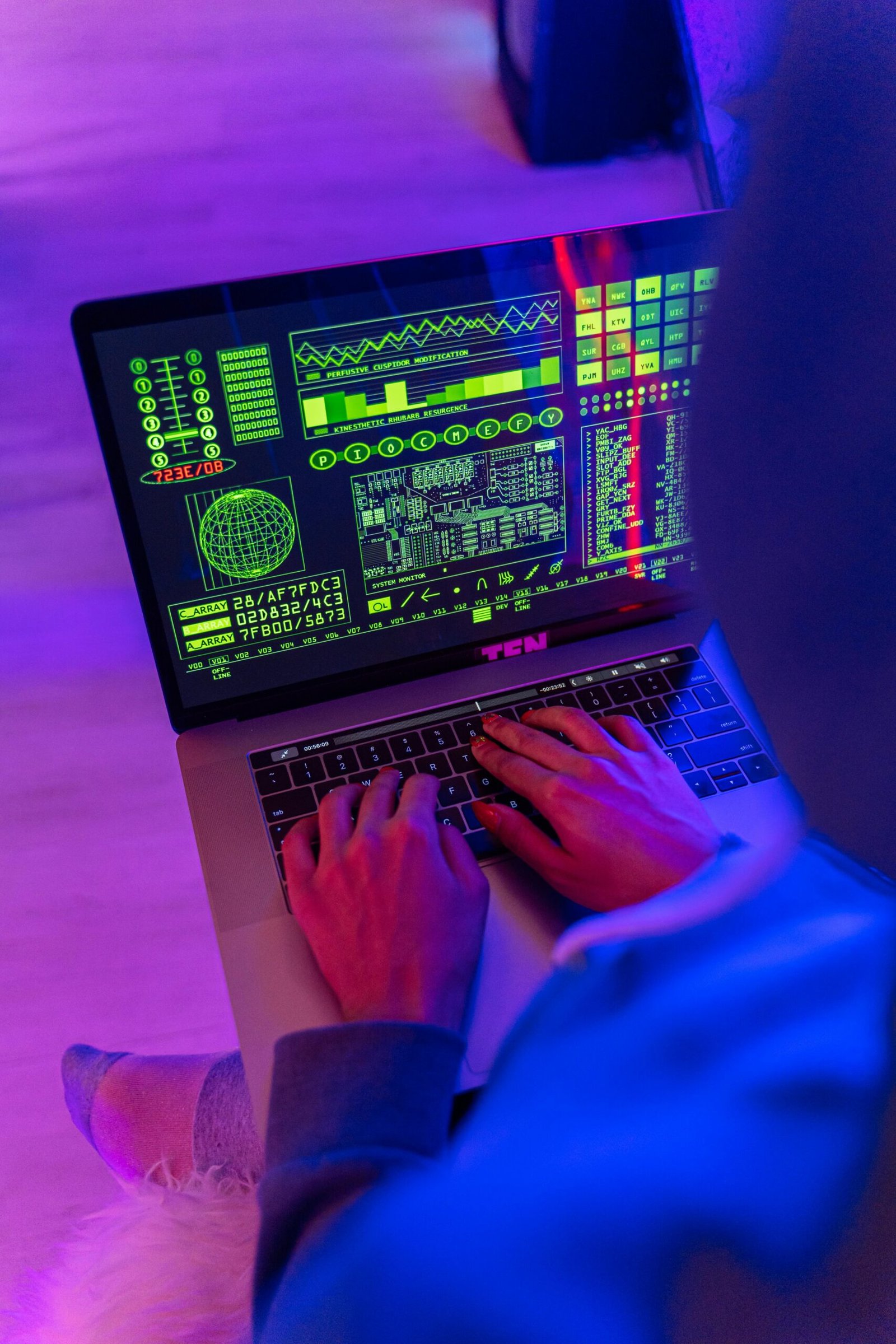
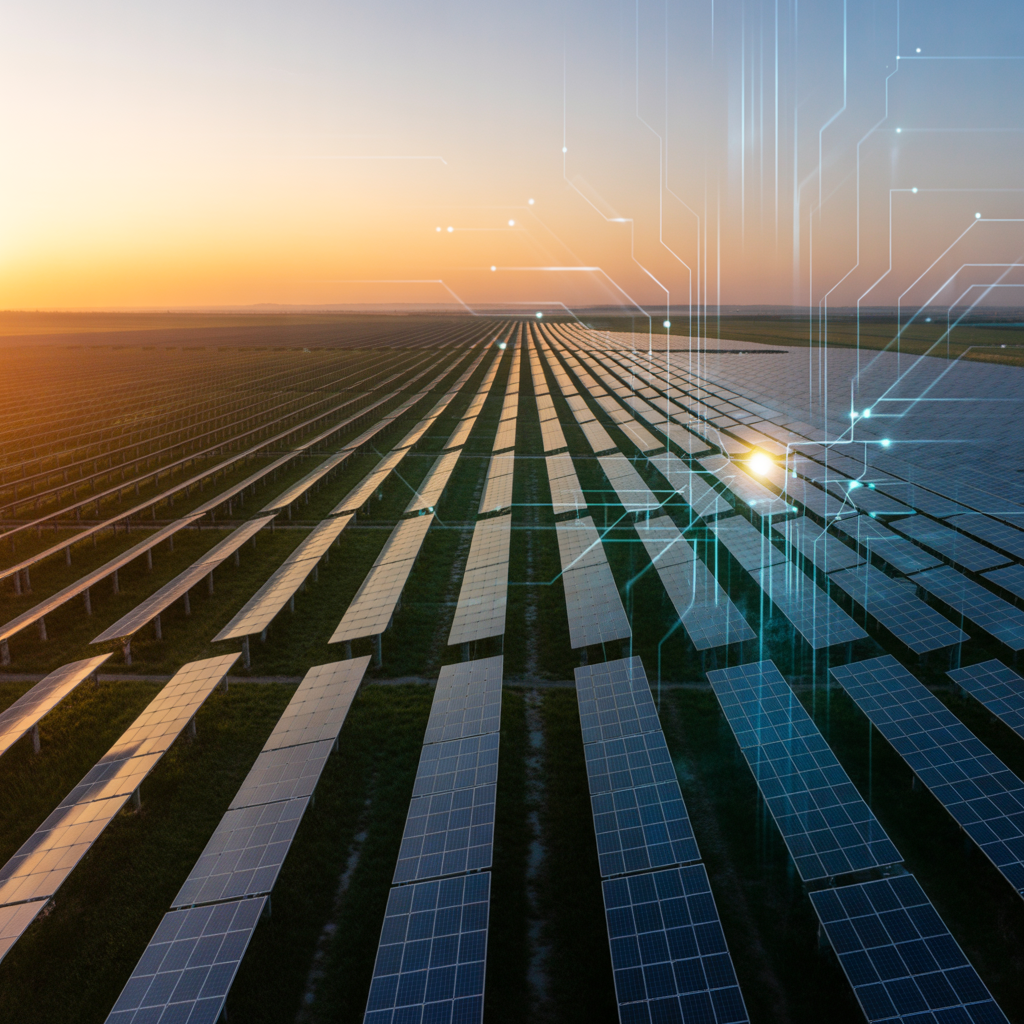
RealT Tutorial: Complete Step-by-Step Guide to Tokenized Real Estate Investing (2025) - RWApedia
[…] What Are Real World Assets (RWAs)? […]